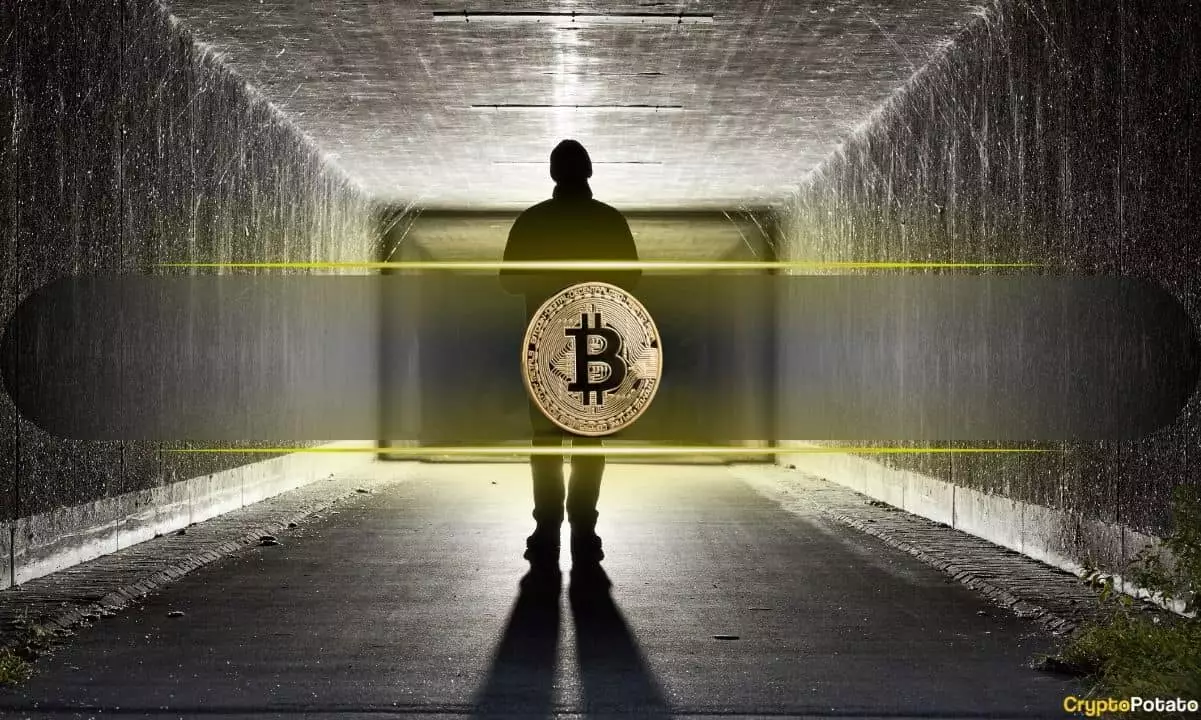The identity of Bitcoin’s creator, Satoshi Nakamoto, has puzzled enthusiasts and cryptographers alike since the dawn of the cryptocurrency era. Nakamoto’s anonymity raises questions not just about his identity but also about the early contributions that shaped the cryptocurrency we know today. Recent revelations by Coinbase director Conor Grogan shed light on previously undocumented transactions that have the potential to refine our understanding of Nakamoto’s last known activities. Grogan’s observations suggest that Satoshi’s last engagement on the Bitcoin blockchain dates back to 2014, intriguingly linking him to the now-defunct Canadian exchange Cavirtex.
The Cavirtex Connection
Cavirtex, which was acquired by Kraken in 2016, becomes a player in this narrative by holding the potential key to who Satoshi might be. Should Kraken have retained KYC (Know Your Customer) data pertaining to transactions linked to Nakamoto, the implications could be profound. Could a mere exchange hold the identity of the most famous figure in cryptocurrency history? The speculation expands further considering the existence of the so-called “Patoshi mining pattern,” a collection of Bitcoin addresses that analysts believe are affiliated with Nakamoto. The latest research from Arkham Intelligence maps out these addresses, which cumulatively control a staggering amount of approximately 1.096 million BTC, valued today at around $108 billion.
The sheer magnitude of this valuation not only solidifies Satoshi’s position as a crucial figure in the Bitcoin narrative but positions him among the world’s wealthiest individuals, eclipsing notable figures such as Bill Gates. The wealth associated with these addresses serves as a double-edged sword, calling into question not just Nakamoto’s identity but his intent. Grogan’s study identified a series of 24 outbound transactions where the most common recipient was the address 1PYYj. What makes this address particularly interesting is its documented association with funds from Cavirtex, marking the first known interaction between a Satoshi-related wallet and a centralized exchange.
Interestingly, the 1PYYj address also has critical ties to one of the largest active Bitcoin addresses, 12ib, which today holds an estimated value of about $3 billion. Notably, Grogan pointed out that certain transactions—specifically 200 BTC sent to Bitcoin faucets—represent a fascinating glimpse into the ways Satoshi may have interacted with the broader Bitcoin community. These historical faucets allowed users to earn Bitcoin through simple tasks, creating an accessible gateway to cryptocurrency during its nascent stages.
Grogan has raised ethical considerations surrounding the potential exposure of Satoshi’s identity. In a recent communication, he advised former Kraken executive Jesse Powell to consider deleting any KYC information linked to these transactions as a means to preserve the anonymity of Bitcoin’s creator. This illustrates the critical dialogue surrounding privacy in cryptocurrency, especially as Satoshi’s departure from the Bitcoin conversation continues to be a tantalizing mystery.
With endless theories swirling around Satoshi’s identity, one of the more captivating figures proposed as a candidate is Len Sassaman, a notable cryptographer associated with early developments in the field. Sassaman’s involvement with key figures in the Bitcoin community adds an extra layer of intrigue. Having worked on advancing digital signature protocols and being an influential member of the cypherpunk movement, speculation about his potential role as Satoshi gains traction. However, Sassaman’s untimely passing in 2011 coincides with Nakamoto’s final communications, leaving any assertions of a direct connection speculative at best.
As we navigate the evolving landscape of cryptocurrencies, Grogan’s findings act as a reminder of the complexities embedded within Bitcoin’s history. The enigmatic nature of Satoshi Nakamoto only enriches the narrative of Bitcoin’s ascendance. Every new piece of information—whether it supports or contradicts existing theories—holds the potential to shift our understanding, reminding us that the past, much like cryptocurrency itself, is layered with intricacies yet to be fully unraveled. This ongoing journey to uncover the truth about Bitcoin’s origins not only fuels speculation but also reflects the broader quest for transparency and understanding in a rapidly changing financial world.

